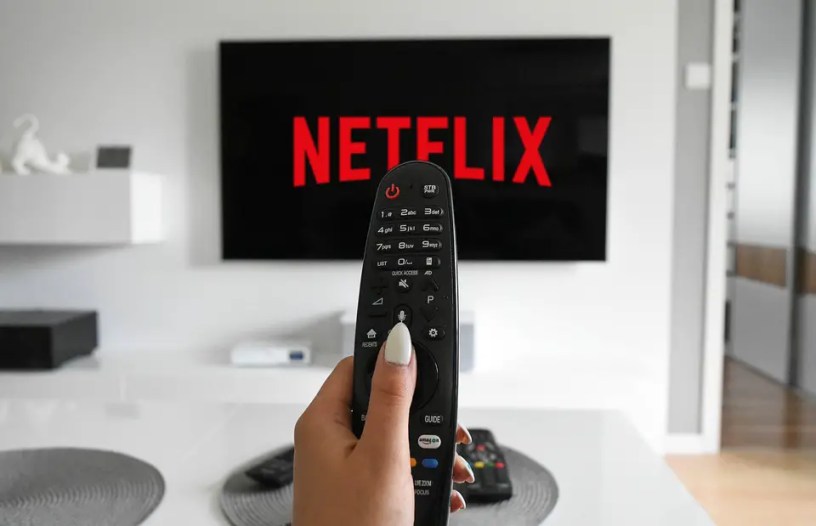By The TV Answer Man team
TV Answer Man, I don’t understand something. Hulu has a free trial. Fubo has a free trial. Other streaming services have free trials, but Netflix doesn’t. How come? What’s the reason they don’t have free trials? — Vic, Louisville.
Vic, we have six reasons why companies such as Netflix don’t offer free trials while others do. (And some streamers offer limited free trial availability, such as Max.)
1. Financial Viability
One of the primary reasons video streaming services are moving away from free trials is the financial aspect. While offering free trials can attract potential subscribers, it also comes at a cost. Services must bear the expenses of creating and maintaining trial accounts, as well as dealing with customer support inquiries during the trial period. In many cases, these expenses may not be offset by the conversion rate from trial users to paying subscribers. (Note: Netflix ended its free trial in October 2020.)
2. Content Value and Sustainability
The rise of exclusive, high-quality content has become a hallmark of many video streaming services. Providers invest heavily in producing or acquiring premium shows and movies to attract and retain subscribers. Offering free trials can devalue this content, as users may sign up for a trial solely to binge-watch popular shows and then cancel their subscription without ever paying for the service. By eliminating free trials, streaming services can better align content value with subscription costs.
3. Customer Commitment
Free trials often attract a significant number of users who are merely seeking a temporary solution for entertainment. This transient audience is less likely to become long-term subscribers. By eliminating free trials, streaming services can focus on attracting customers who are genuinely interested in the platform’s offerings and are more likely to remain committed to their subscriptions.
4. Improved User Experience
Free trials can sometimes lead to a suboptimal user experience. Trial users may rush through content to take advantage of the trial period, leading to a lack of engagement and appreciation for the service’s content. Without the pressure of a trial expiration looming, subscribers can explore content at their own pace, leading to a more immersive and satisfying viewing experience.
5. Consumer Perception
In some cases, free trials can inadvertently foster a perception that a service is not confident in the value it provides. By eliminating free trials, streaming platforms can communicate a sense of confidence in their offerings, which can positively influence consumer perception.
6. Trial Abuse and Multiple Accounts
Free trials can be exploited by users who create multiple accounts to repeatedly enjoy trial periods. This practice can strain a service’s resources and compromise revenue potential. Eliminating free trials can help reduce the prevalence of such abuses, ensuring a fairer system for all subscribers.
While free trials have been a staple of video streaming services’ marketing strategies, a growing number of providers are reevaluating their approach. The decision to eliminate free trials is driven by financial considerations, a desire to preserve content value, enhance user experience, and attract committed subscribers.
Vic, hope that helps.
Have a question about new TV technologies? Send it to The TV Answer Man at swann@tvanswerman.com Please include your first name and hometown in your message.


